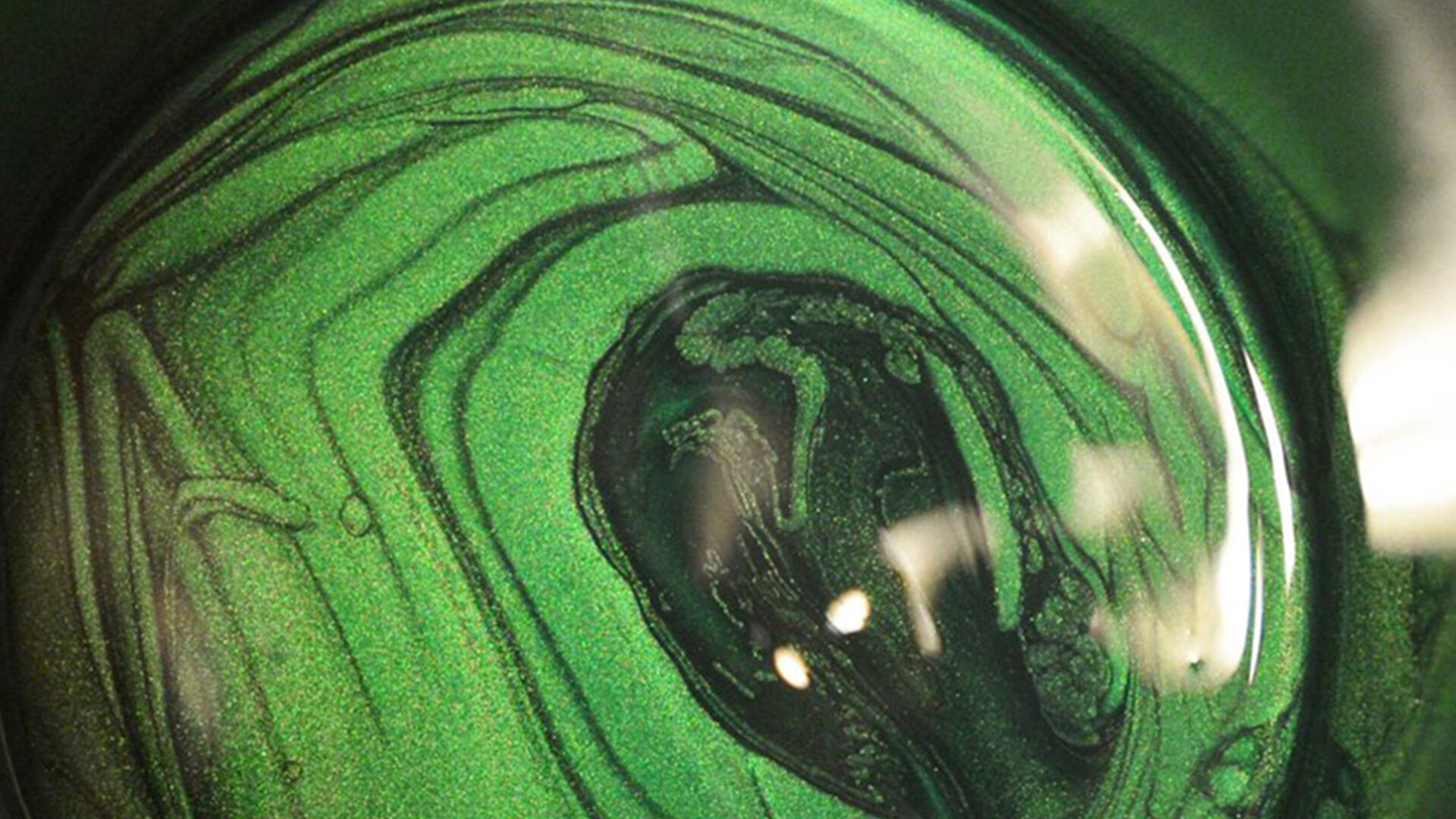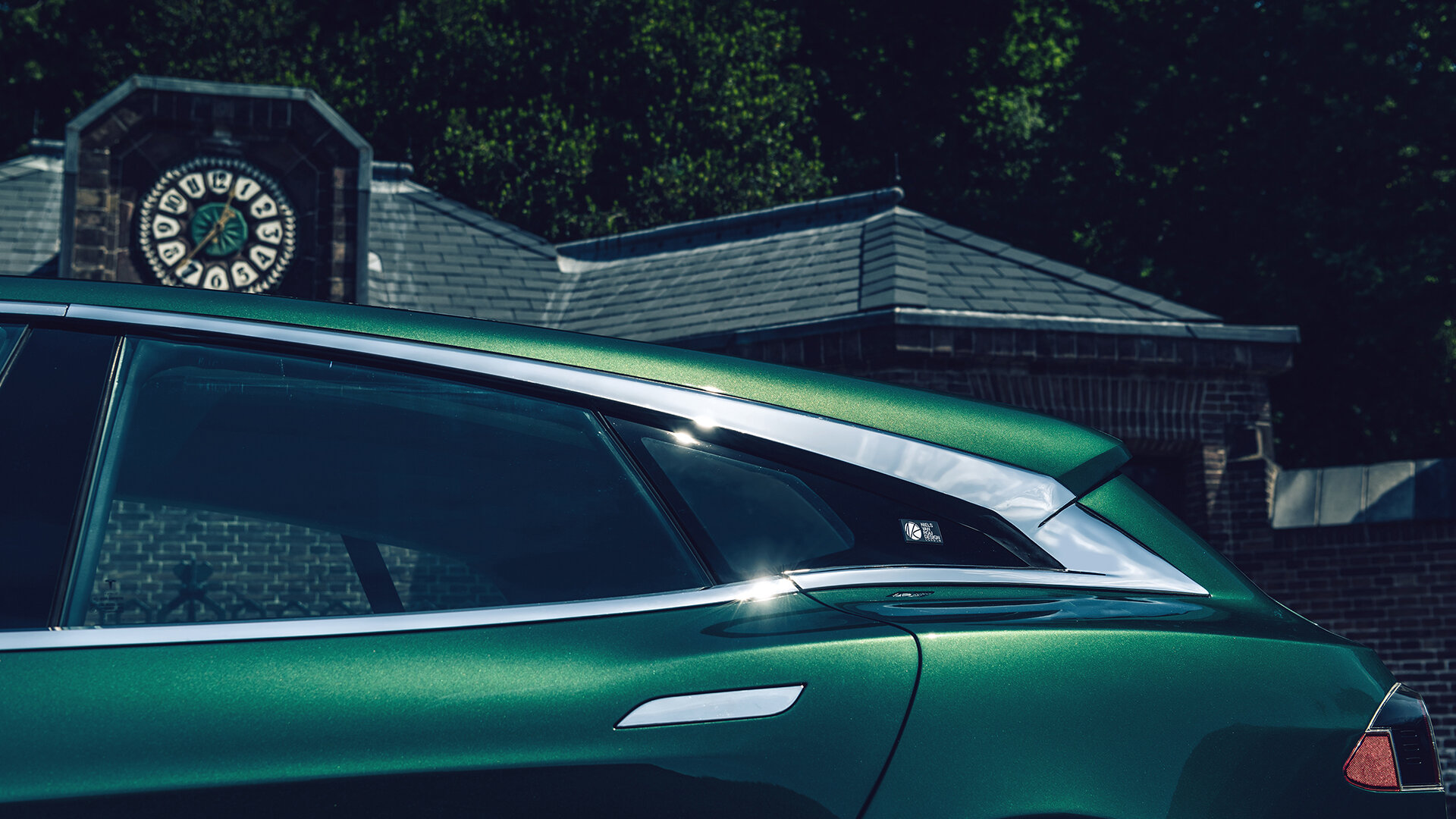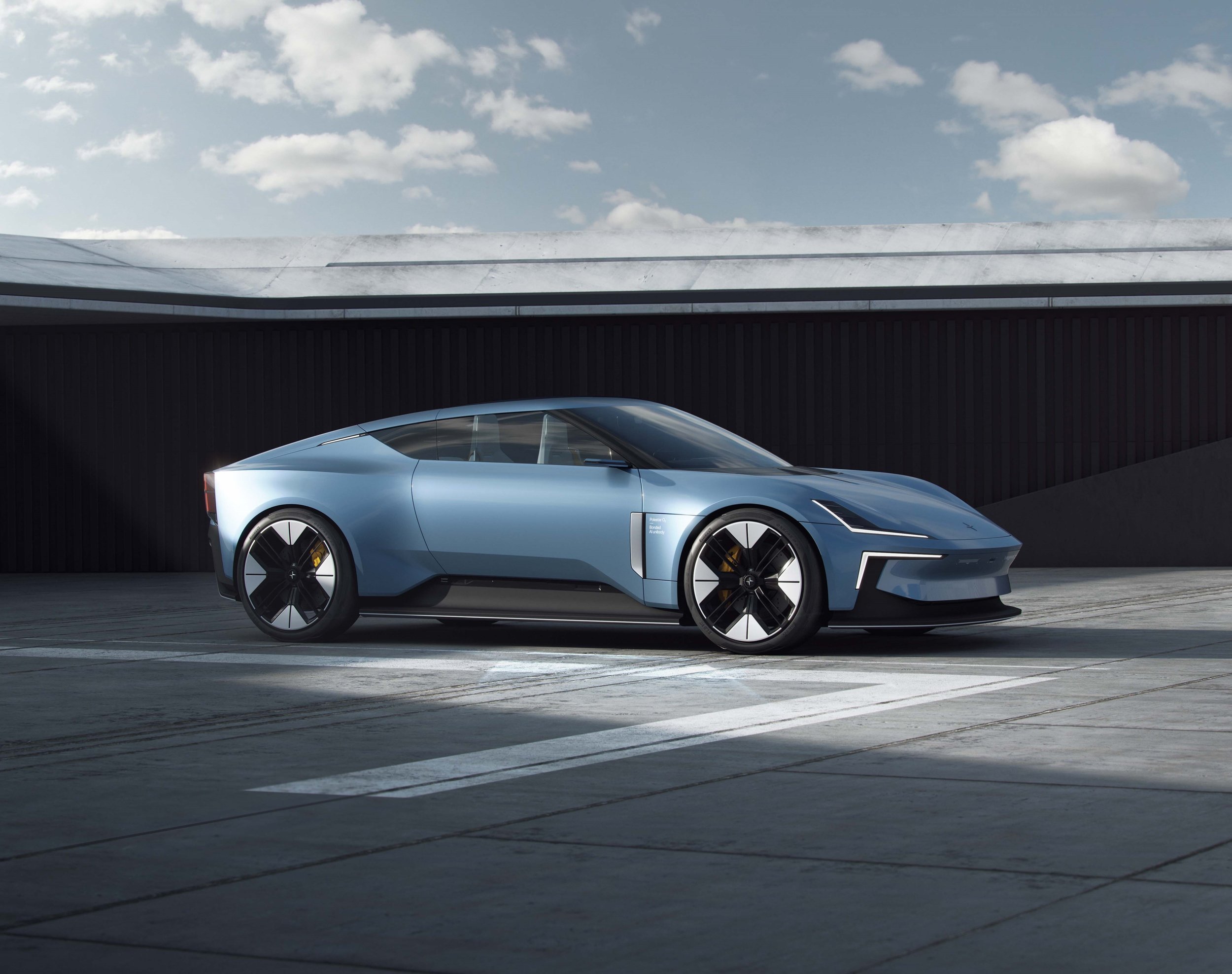The Art Of Self-Invention
Diploma in hand, but no employment prospects in sight: what is a budding automotive designer to do? Niels van Roij ended up creating a profession for himself.
Niels van Roij at work, with a client (photo © the author)
Theoretically, I had the world to myself: after having studied design for 6 years, I’d graduated from the Royal College of Art. Finally done! Reality kicked in rather quickly though. Our landlord didn’t care whether I now officially was a car designer or not - he certainly insisted on the rent of more than £ 2000 a month for our humble Battersea flat.
I clearly needed to start earning some money, sooner rather than later. Thankfully, I did not have the burden of student loans - I had saved up for the costs of the degree and living in London by working as a taxi driver during each weekend’s nightshift in The Netherlands for five years, alongside doing my BA design studies. But even so, the well had run rather dry. Understandably, I was keen on putting my hard-earned expertise to use, instead of having my diploma hang on my study’s wall as a constant reminder of my failed childhood dream to become a car designer. But how?
The social network
By 2017, I had worked on the Future London Taxi project, which was sadly not hailing much traction. Neither did it pay very well, so I was almost ready to throw in the towel. I had worked freelance on a selection of R&D projects in the car design realm and considered a career in pretty much any sector that would pay the rent, when my car design career suddenly had the potential to be reignited in the most unexpected way: I was approached by a friend I knew though the classic Volvo community I had been a part of since I bought my first car, a 1991 Volvo 940. A car I still own, by the way. This friend’s message was as simple as it was intriguing: «Niels, I have a confidential question for you.» He went on to explain that a shooting brake-obsessed friend of his intended to convert a Tesla Model S. He wanted to be first in the world to do this, so both speed and secrecy were key. Of course, I had a keen interest in this project! I had looked at coachbuilding as a career, but HNWIs interested in coachbuilding aren’t exactly easy to find in the Yellow Pages. But this possessed the potential be the start of something new - hopefully, maybe.
Shortly after that conversation, I was introduced to the client, and in mid-February 2017 I flew from London to The Netherlands for our first meeting. Having had a few rather negative experiences in the then-recent past, buying that flight ticket to The Netherlands was financially, as well as mentally quite a step towards the unknown. Would this be another empty promise, a blatant lie, some bluff and boasting talk?
When a profession comes with its own badge (photo © the author)
Fortunately not. The man I met turned out to be a kind gentleman, who wanted to grant me the opportunity to design what he called his childhood dream. Shortly after that meeting, the project actually started. I was very excited, cleared my diary and vowed to myself, and the patron, that I would give the owner proper value for money. This was truly was the opportunity I had been waiting for!
Together with the body shop and the client I discussed the car from front to back. What had to change to make it into a shooting brake, in his personal view? Obviously the roofline and the boot lit. But where would the original car stop and the newly designed body begin? To carry out this commission in a professional manner, I needed to know what was possible technically, financially and design-wise.
Body-in-progress (photo © the author)
The client loved the Model S. To him, a high-tech entrepreneur, as well as a true petrol head, it was a fantastic vision of the future of the automobile industry, dreamed up by a fellow tech entrepreneur he greatly respected. Moreover, through the conversion of an electric car he was keen on showing that not only coachbuilding, but specifically the shooting brake had a future. His goal was to continue the blood line of great shooting brakes; to be part of the conception of a coachbuilt motorcar, rather than, as is far more common today, its end and rebirth - the restoration. He wanted to prove, in the spirit of Elon Musk, that it could be done.
Colour of wisdom
«The Brits made the most fantastic shooting brakes, Niels. So I want to honour them through colour», the client told me. The Model S base car was hence bought in green. When confronted with what he thought of the actual, rather flat and dull green colour on the Tesla, his short answer spoke a thousands words: «Well…» Designing a bespoke colour, which never was his intention when he started the project, hence became another aspect that needed to be addressed. We decided to make ten different shades of British Racing Green, each with a subtly modern twist: A hue that would highlight the special lines we were about to design for his one-off. During the experiments with mixing paint, a bright green pigment caught the client’s attention - which, I learned, reminded him of the equally bright green logo of his company. That off-hand remark pushed the team to use some of the green of the company logo for the new paint recipe, albeit applied in such a way that the bold colour hardly ever shows. Just sometimes, with a bit of luck, when the sun hits the body - and when he least expects it - the client was supposed to see not just a green shooting brake, but a tribute top his company.
The ensuing step was to analyse cars available both as a saloon and estate car. The very large majority of OEM saloon to estate ‘conversions’ features completely redesigned rear doors. These ensure the roofline flows better and the window graphics are consistent. But for a one-off, this solution considerably increases production costs. At the same time, I most certainly wanted to prevent the typical 'blacked out triangle’ on top of a sloping existing door - an inserted element, like those found on the Volvo 240 Estate and Citroën BX Break, for instance. Indeed, solving the rear door issue proved to be one of the most complex and challenging parts of this conversion.
When rear doors aren’t cannot be blown off (photo © Citroën)
For reasons of feasibility, redesigning the pillar-less rear doors of the Model S to suit the straight roof of an estate car simply wouldn’t be possible. It would be too costly to reengineer the doors and also to reverse engineer the base vehicle rubbers, seals, electronics and much more. Another model specific issue on the Model S turned out to be the the very large strut in the back: There is no way around it in any way, shape or form. In fact, the blacked out rear window on a regular Model S is styled that way in order to hide that very strut.
When struts’ pride gets in the way (photo © Tesla)
Halfway through 2017, sketching finally started. As it turned out, the Model S’ engineering pushed the aesthetics of the car towards a design theme we would otherwise never have explored: the bold chrome outline of the window graphic. It solved a lot of issues all at once. We worked around the strut and the sloping glass line of the original rear door and hence created an outspoken piece of car design that complimented the base vehicle while simultaneously showing that this estate was something special through design: a trailblazing electric coachbuilt motor car that was also a traditional shooting brake.
The beginning of a beautiful career (photo © Niels van Roij Design)
Four years later, I look back fondly at the car we called Model SB. Because of the lessons I learned during its creation, the contacts I gained and the good relationship I continue to have with the owner. I still like the way it looks, flaws and all. Because as any car designer working for real life projects will acknowledge: nothing comes easy and so much is working against you in the process of pushing ideas through. But, above all else, because Model SB turned a struggling, disillusioned and near bankrupt college graduate into a coachbuilding car designer. I may have further honed my craft and worked on perhaps more spectacular, certainly more attention-grabbing projects since - but this bespoke green shooting brake will forever stand as the car that told me what I want to do with my life.



















Car interior designer who created some of the most significant cabins of all time, most notably the Porsche 928’s